Food markets have this magical way of making us feel like we’re discovering hidden culinary gems, but let’s be honest—many of them are just tourist traps with inflated prices and mediocre food. Sure, the atmosphere might be charming and the Instagram photos look great, but your wallet will feel considerably lighter after a visit to these supposedly ‘authentic’ food destinations.
Here is a list of 18 overpriced food markets that promise gourmet experiences but deliver little more than overpriced disappointment and long lines.
Pike Place Market, Seattle
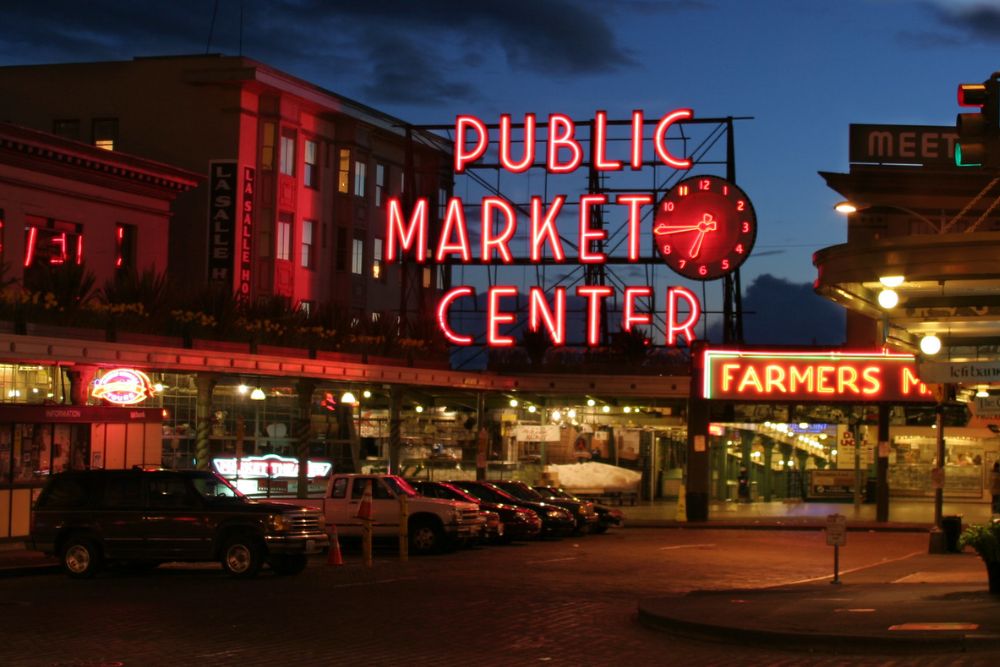
This famous market charges premium prices for fish that’s often not even caught locally, despite what the dramatic fish-throwing performances might suggest. You’ll pay tourist prices for average seafood while fighting crowds just to snap a photo of the famous fish toss.
Most vendors here know they’ve got a captive audience of visitors, so don’t expect any local pricing breaks.
Chelsea Market, New York
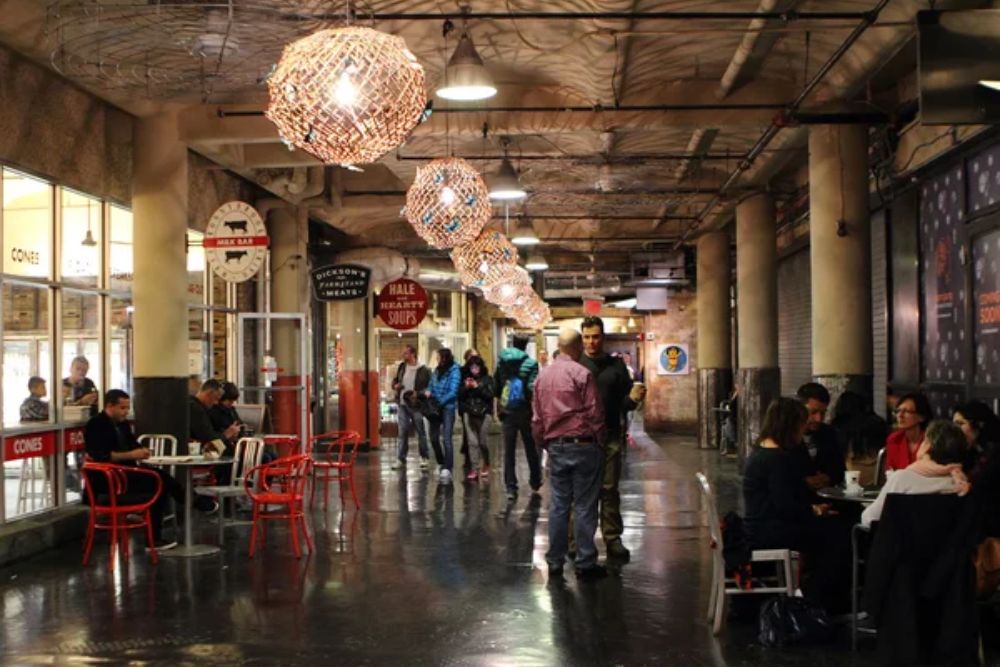
What started as an authentic food hall has turned into an overpriced tourist destination where a simple sandwich costs more than a full meal elsewhere in the city. The vendors know you’re trapped in this trendy indoor market with limited options, so they charge accordingly.
You’re essentially paying Manhattan real estate prices for food court quality meals.
Like Travel Pug’s content? Follow us on MSN.
Reading Terminal Market, Philadelphia
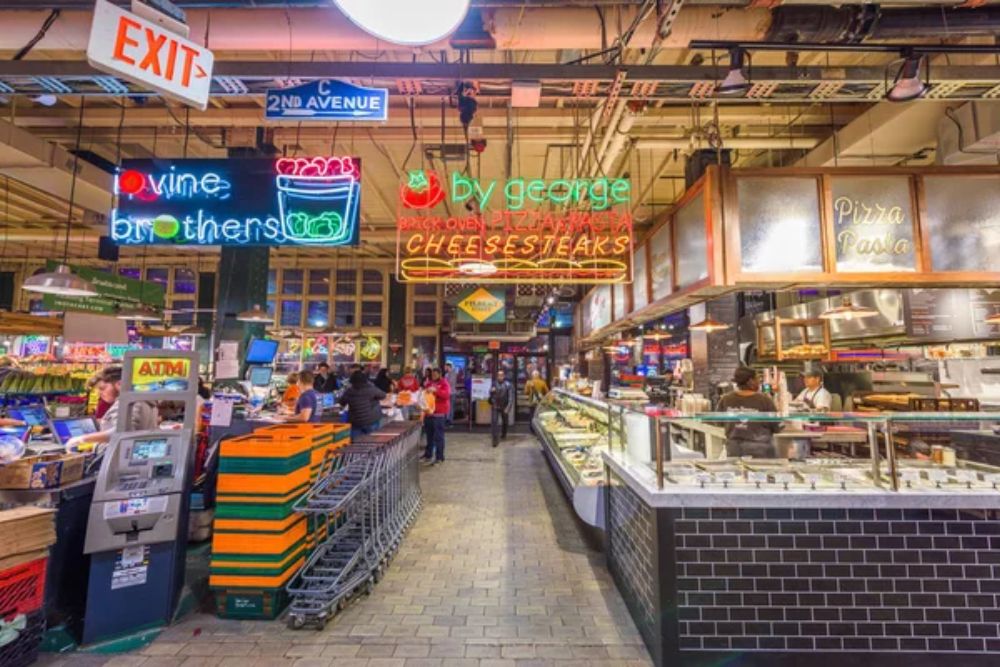
This historic market trades heavily on its reputation while charging prices that would make even New Yorkers wince. The famous Philly cheesesteaks here cost nearly double what you’d pay at authentic neighborhood spots just a few blocks away.
Most locals avoid this place entirely, which should tell you everything you need to know about the value proposition.
Ferry Building Marketplace, San Francisco
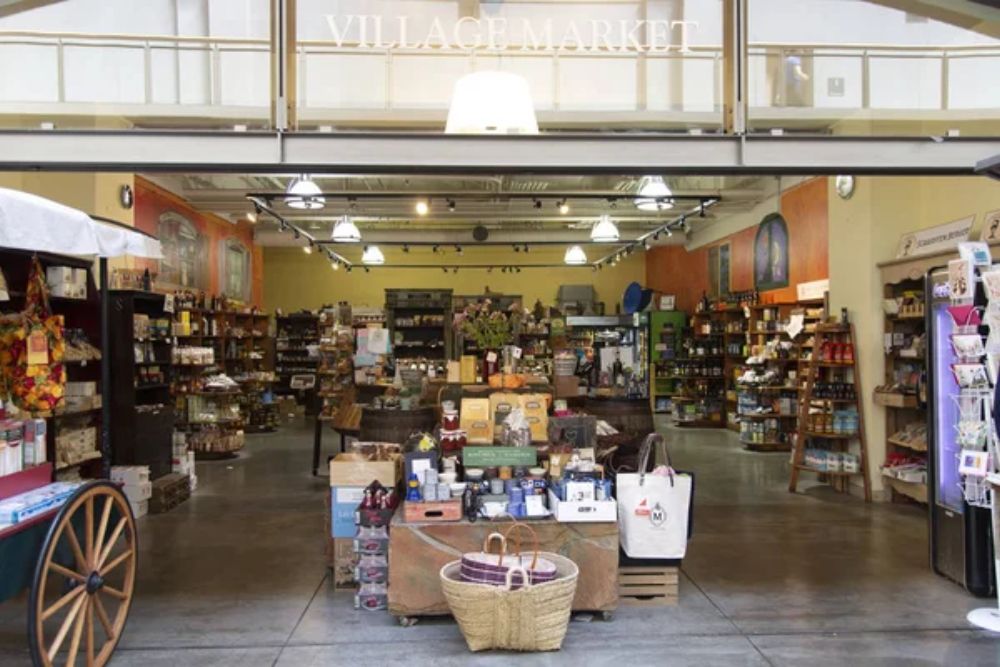
The stunning waterfront location comes with a hefty price tag that’s baked into every purchase you make here. Artisanal everything sounds great until you’re paying $8 for a single organic peach or $15 for a basic sandwich.
The market capitalizes on its prime real estate location and charges visitors accordingly, making it more of a luxury shopping experience than a practical food destination.
Grand Central Market, Los Angeles
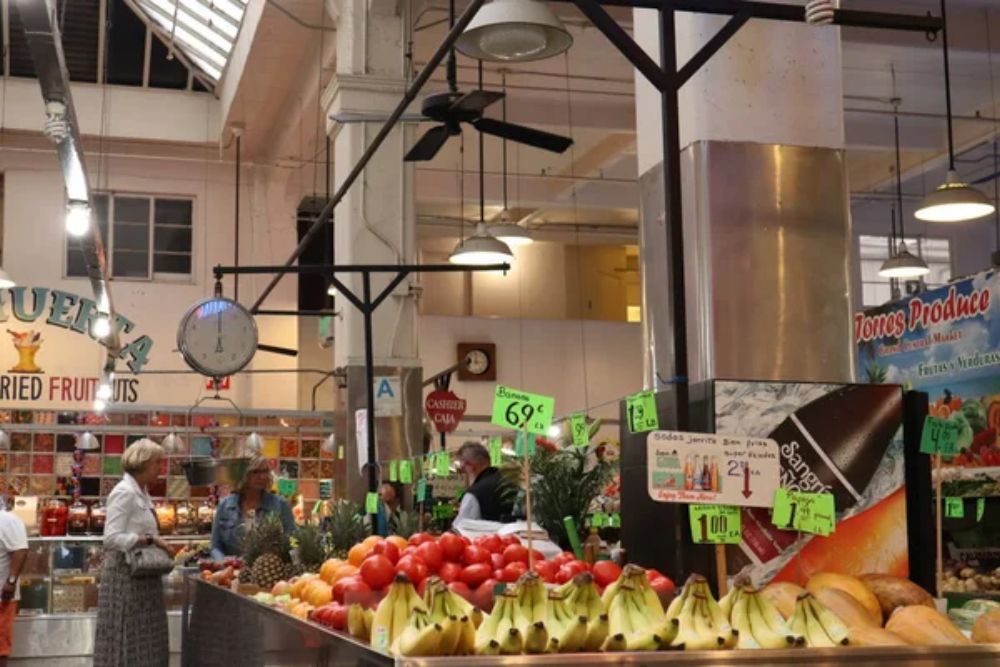
This downtown market has been completely gentrified and now caters to food bloggers rather than actual hungry people looking for value. What used to be an affordable ethnic food destination now charges Beverly Hills prices for trendy fusion dishes.
The original vendors who made this place special have largely been priced out in favor of Instagram-friendly concepts.
Like Travel Pug’s content? Follow us on MSN.
Quincy Market, Boston
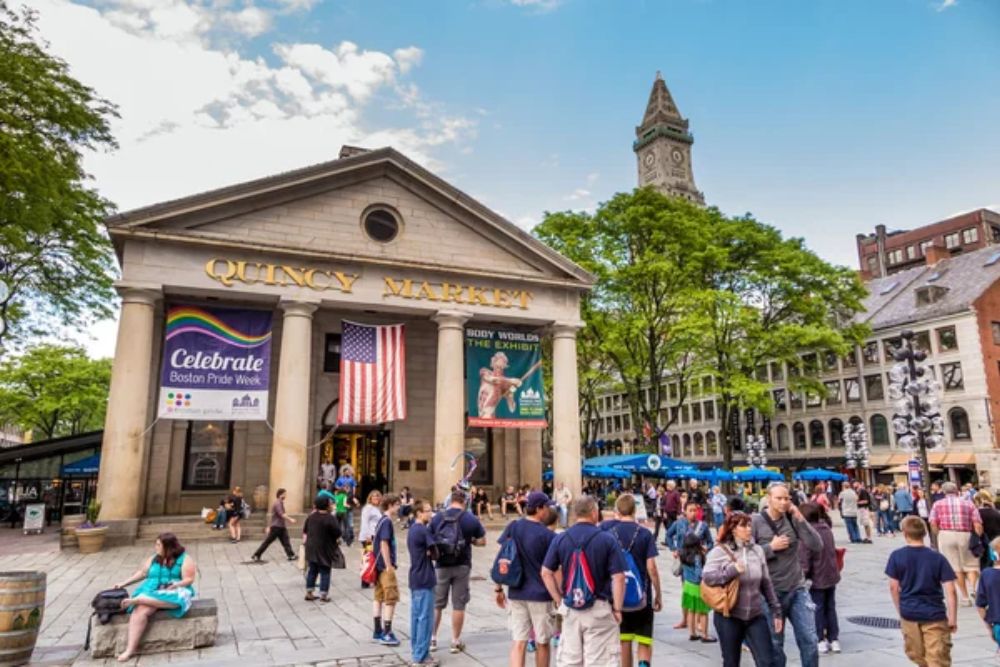
Located in the heart of tourist central, this market exists primarily to separate visitors from their money with overpriced New England specialties. The lobster rolls here cost twice what you’d pay at actual seafood shacks along the coast, and the quality doesn’t justify the premium.
Most of the food feels mass-produced despite the historic setting and artisanal marketing.
Union Market, Washington, DC
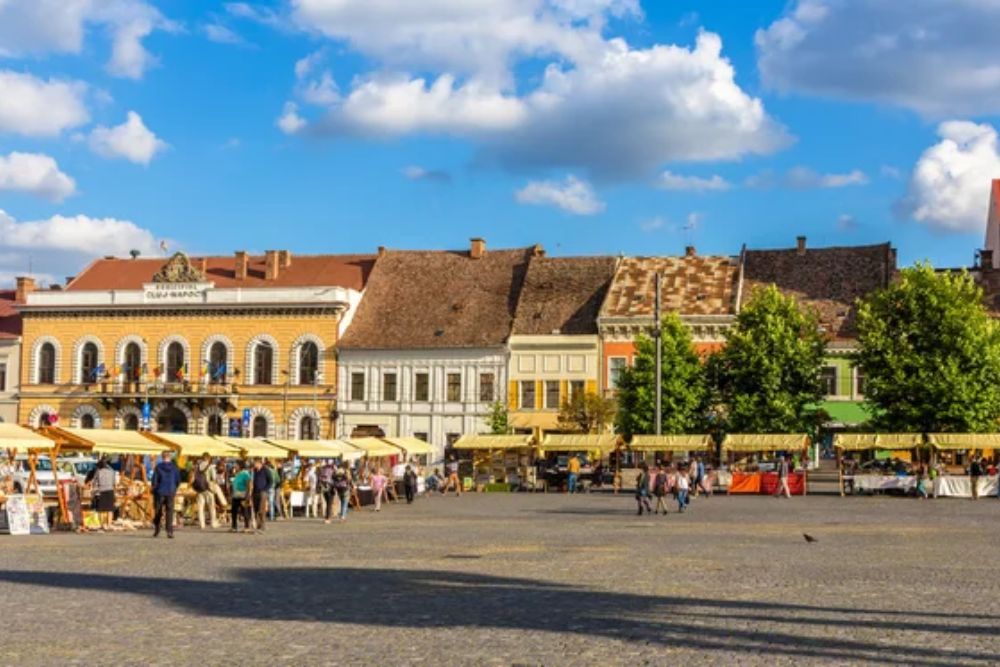
This trendy market charges D.C. prices for food that’s often just repackaged chain restaurant concepts with fancier branding. The hipster atmosphere can’t mask the fact that you’re paying $12 for tacos that taste like they came from a food truck.
The market banks on its cool factor while delivering mediocre food at premium prices
The Original French Market, New Orleans
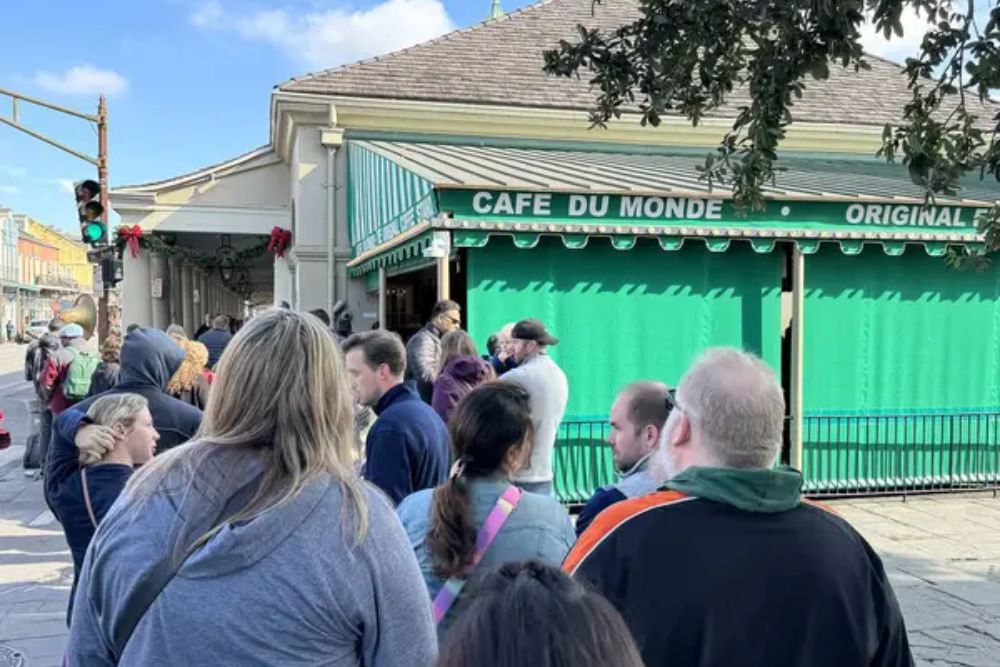
Despite its historic charm, this market has become a tourist trap where beignets cost more than a full meal should. The vendors know that visitors expect to pay premium prices for ‘authentic’ New Orleans experiences, so they charge accordingly.
You can find better Creole food at neighborhood spots for half the price and twice the authenticity.
Like Travel Pug’s content? Follow us on MSN.
West Side Market, Cleveland
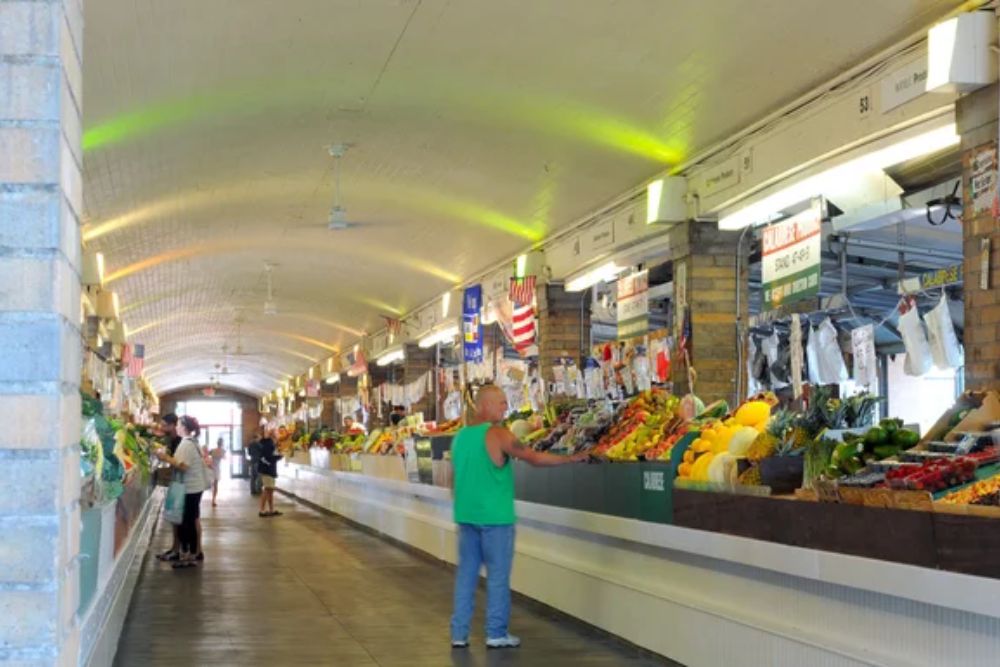
This century-old market has a reputation that far exceeds its current reality, with vendors charging premium prices for produce and prepared foods that aren’t notably better than regular grocery stores. The historic building is beautiful, but you’ll pay a hefty premium just for the privilege of shopping in it.
Many locals have moved on to more affordable farmers’ markets and ethnic groceries around the city.
Eastern Market, Detroit
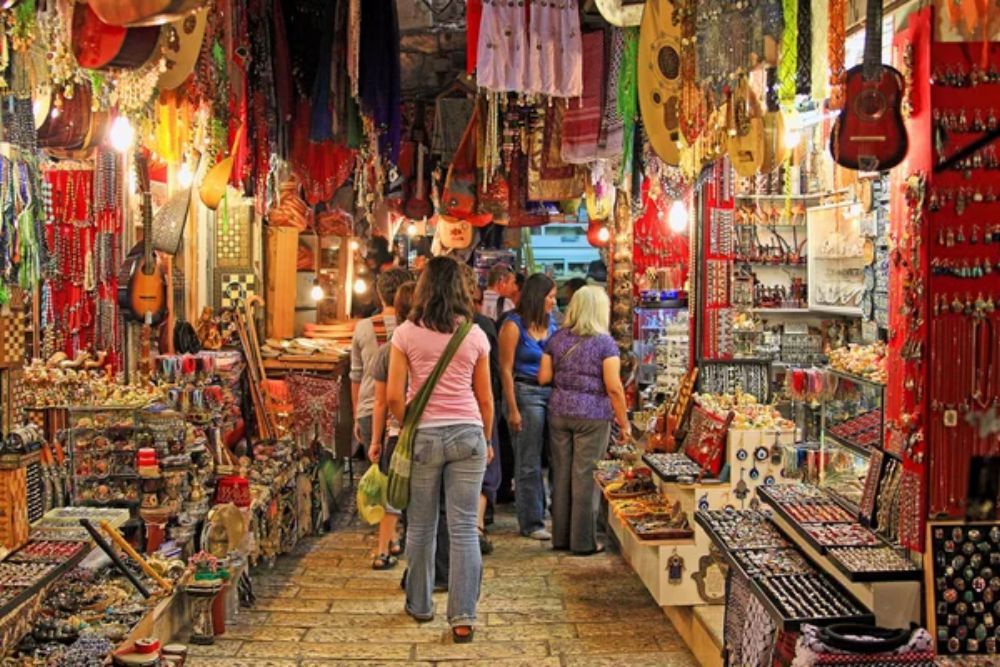
The weekend market here has become more about the experience than the value, with vendors charging premium prices for organic produce that’s often not even locally sourced. The prepared food stalls know they have a captive audience of weekend visitors and price their offerings accordingly.
You’re essentially paying extra for the market atmosphere rather than getting better quality food.
Milwaukee Public Market, Milwaukee
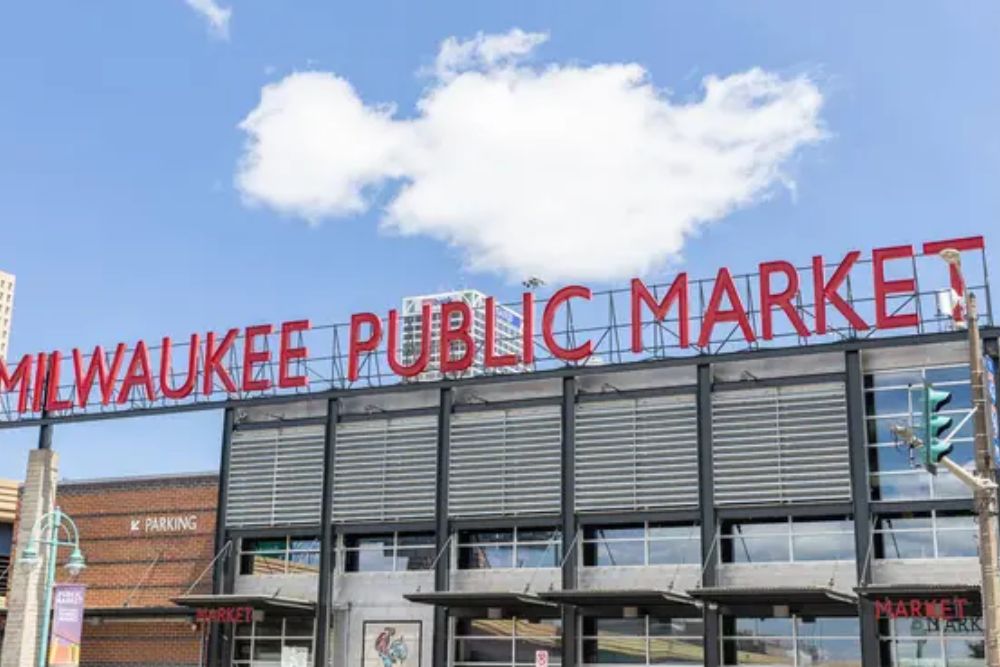
This market tries hard to compete with bigger cities’ food halls but charges similar premium prices without delivering the same quality or variety. The limited vendor selection means less competition and higher prices across the board.
Most of the ‘local specialties’ here can be found elsewhere in Milwaukee for significantly less money.
Like Travel Pug’s content? Follow us on MSN.
Oxbow Public Market, Napa Valley
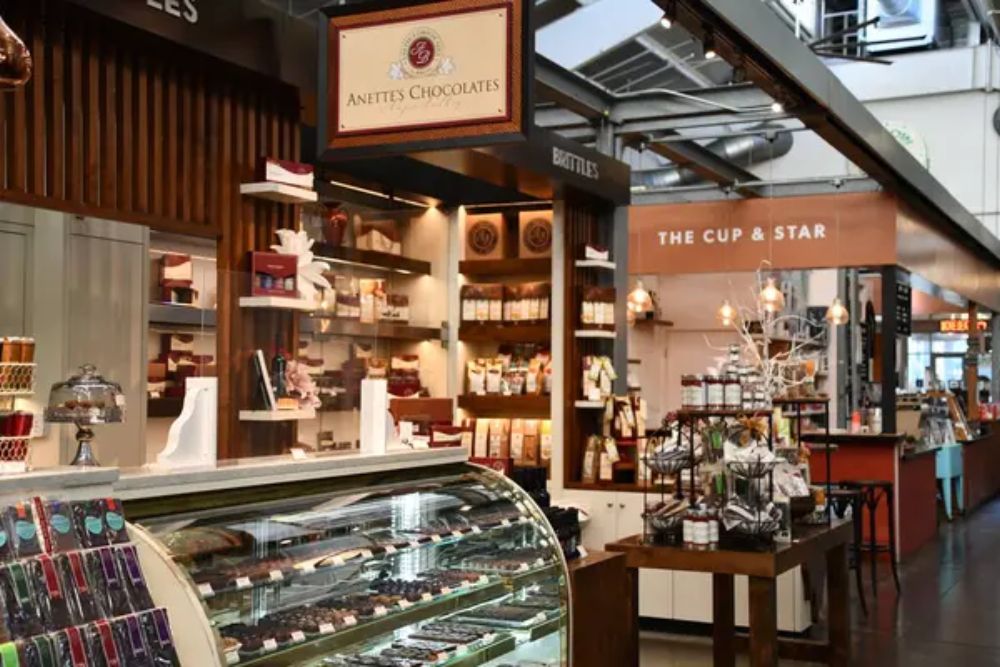
Everything here comes with wine country pricing, meaning you’ll pay resort prices for basic food items and prepared meals. The market capitalizes on visitors who are already spending heavily on wine tastings and charges accordingly.
A simple lunch here costs more than fine dining in many other cities, and the quality rarely justifies the premium
Santa Monica Farmers Market, California
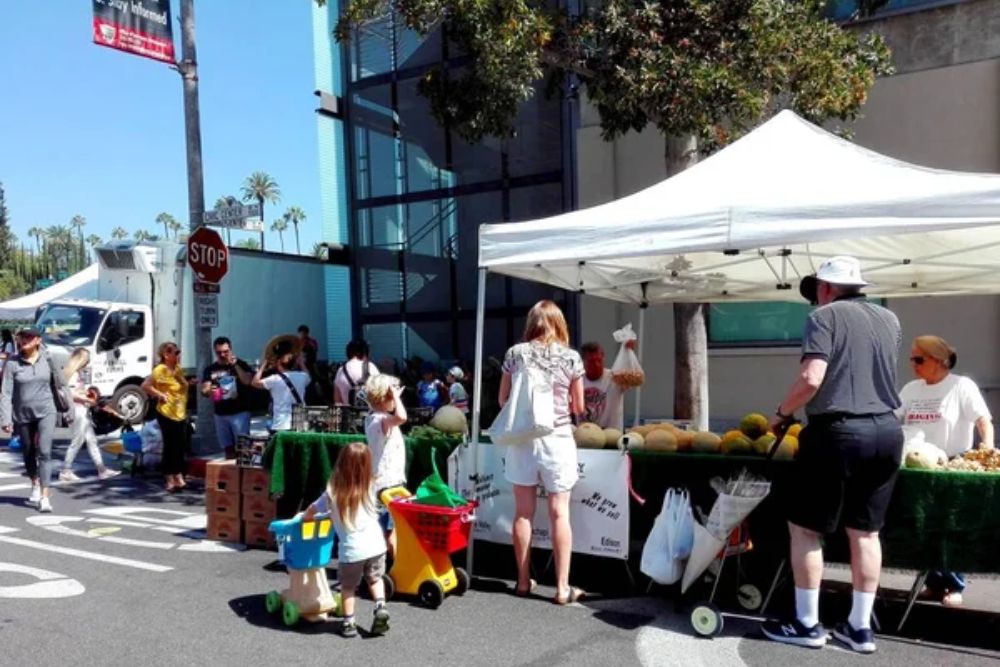
This beachside market has become more about celebrity sightings and social media than actual farming, with prices that reflect its trendy location rather than fair value. Vendors know they’re serving wealthy locals and tourists who can afford to pay premium prices for organic everything.
The same produce is available at regular farmers’ markets throughout Los Angeles for much less money.
South Beach Lincoln Road Market, Miami
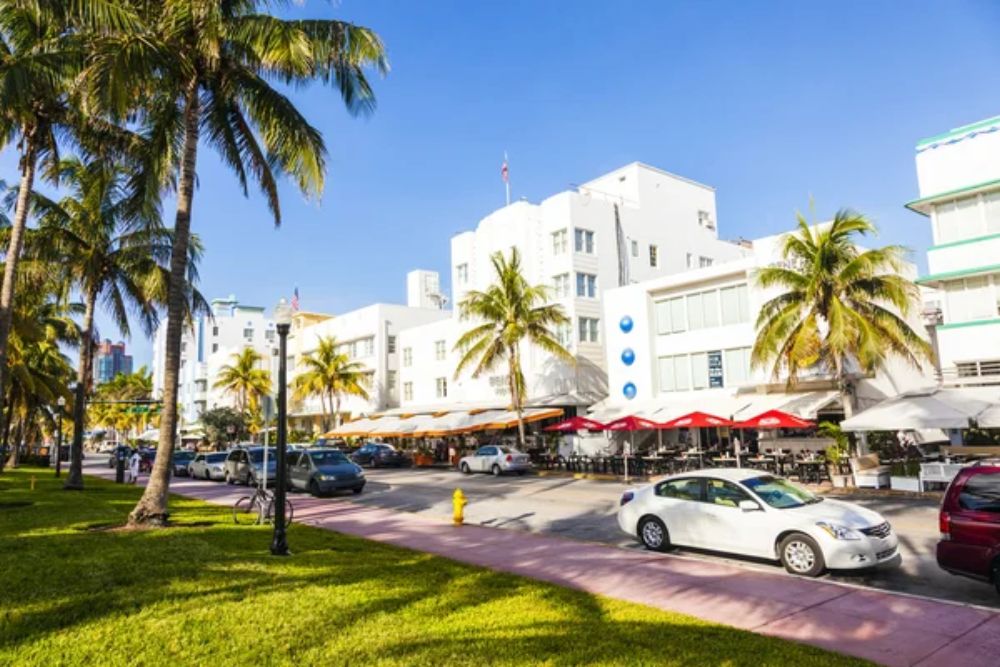
The glamorous South Beach location means every food item comes with a hefty location surcharge that has nothing to do with quality. This market caters to vacationers who expect to pay resort prices for everything, including basic snacks and drinks.
The few permanent vendors charge premium prices year-round, knowing the tourist traffic will support inflated pricing.
Like Travel Pug’s content? Follow us on MSN.
Broadway Market, Buffalo
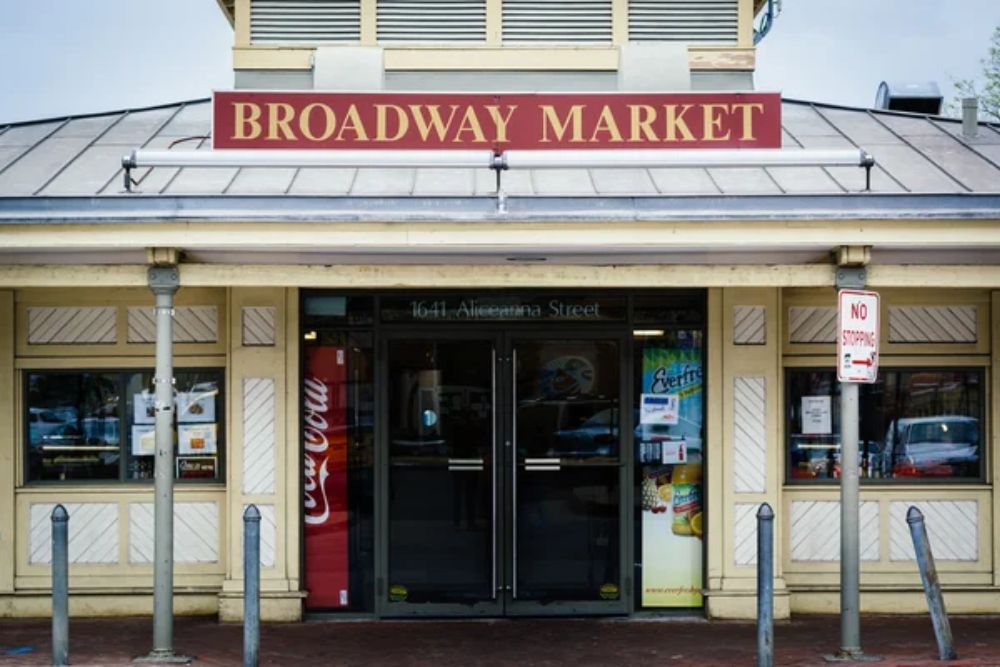
This historic market trades on nostalgia while charging modern premium prices for foods that should be affordable Buffalo classics. The vendors know that visitors come here specifically for the market experience and price their offerings to maximize profit from limited foot traffic.
You can find better Polish and Italian specialties at neighborhood delis throughout Buffalo for half the cost.
North Market, Columbus
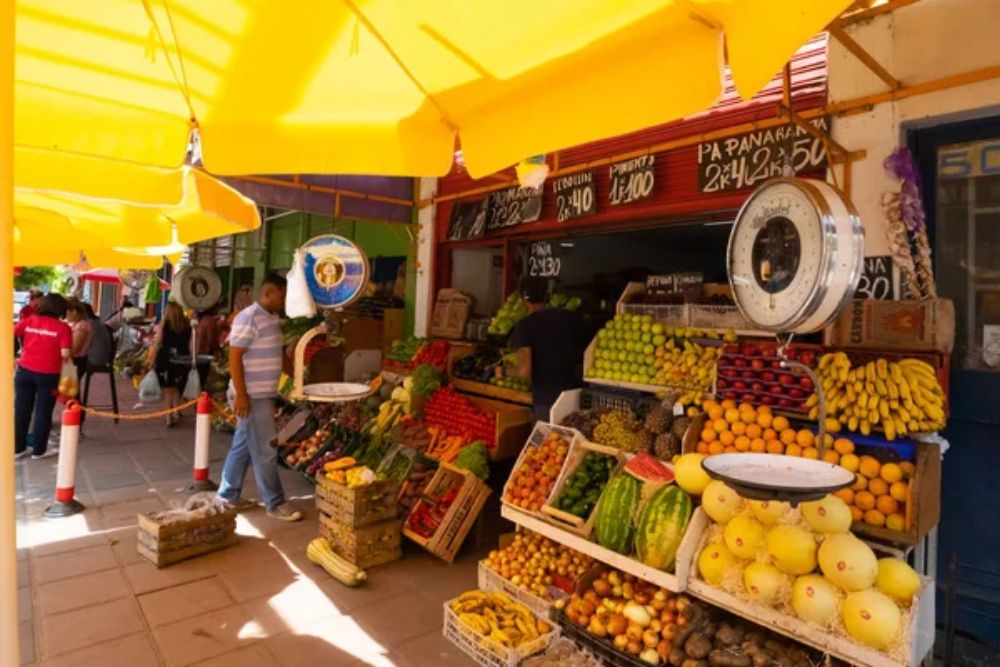
This downtown market has gentrified itself into irrelevance for most locals, charging upscale prices for food that’s often just dressed-up versions of chain restaurant fare. The limited competition among vendors means higher prices and less incentive to offer genuine value.
Most Columbus residents head to the suburbs for their specialty food shopping, where prices remain reasonable.
Cross Street Market, Baltimore
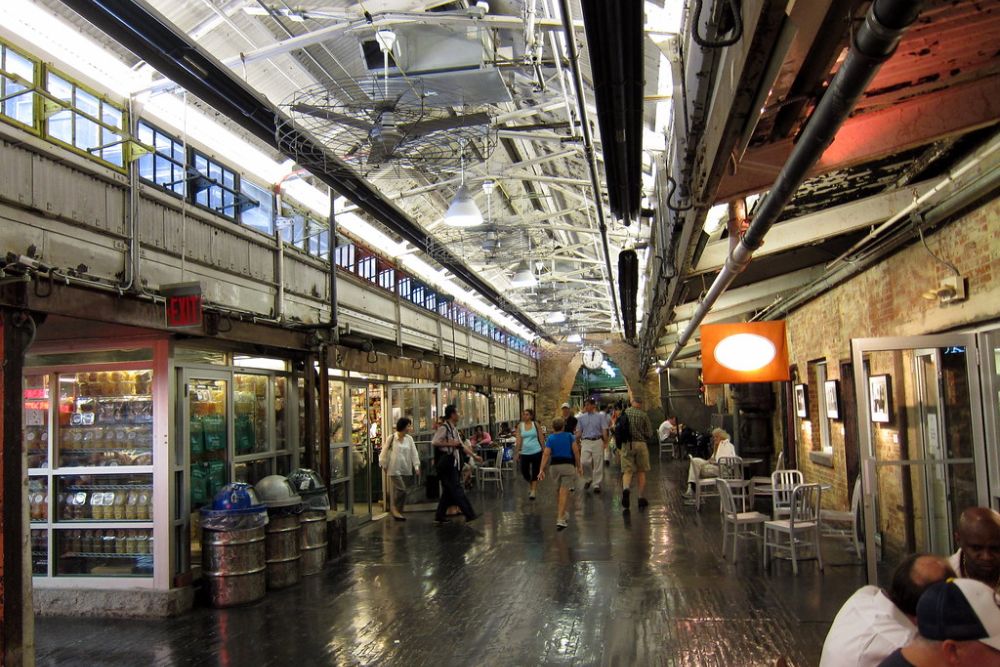
After recent renovations, this market has transformed from an affordable neighborhood destination into a pricey food hall that caters more to developers’ visions than community needs. The new vendors charge premium prices that don’t reflect the local economy or traditional market values.
Original vendors who served the community for decades have been replaced by trendy concepts with trendy pricing.
Like Travel Pug’s content? Follow us on MSN.
Mercado San Agustin, Tucson
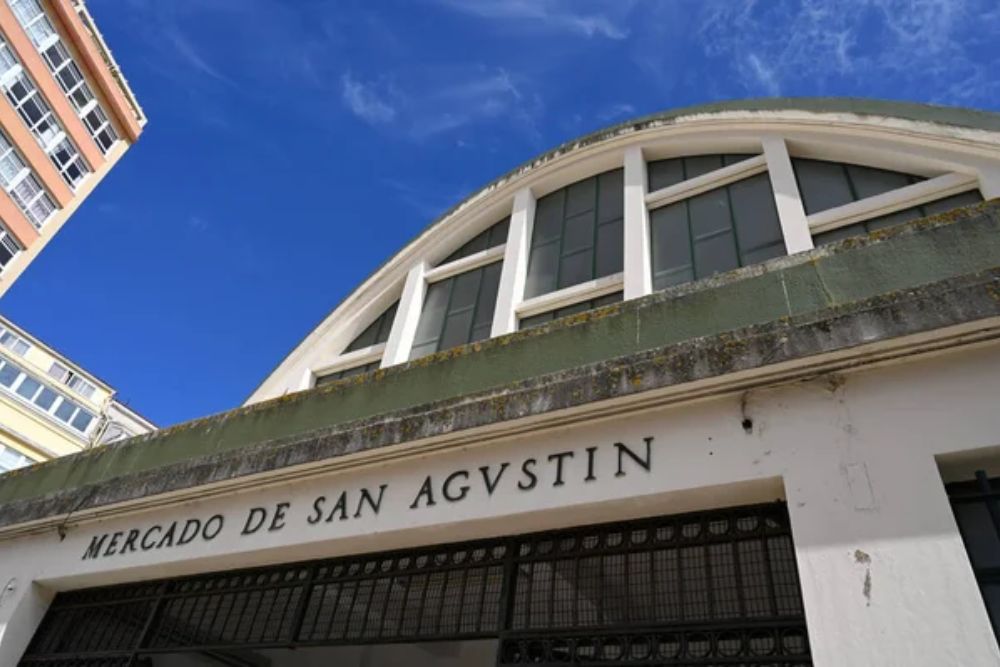
This market charges resort town prices despite being located in a city with a relatively low cost of living, taking advantage of winter visitors and food tourists. The vendors know that people come here specifically for the market experience and price accordingly, often charging double what similar items cost at regular Mexican markets around Tucson.
The authentic atmosphere can’t mask the fact that you’re paying premium prices for standard regional fare.
When Markets Lost Their Way
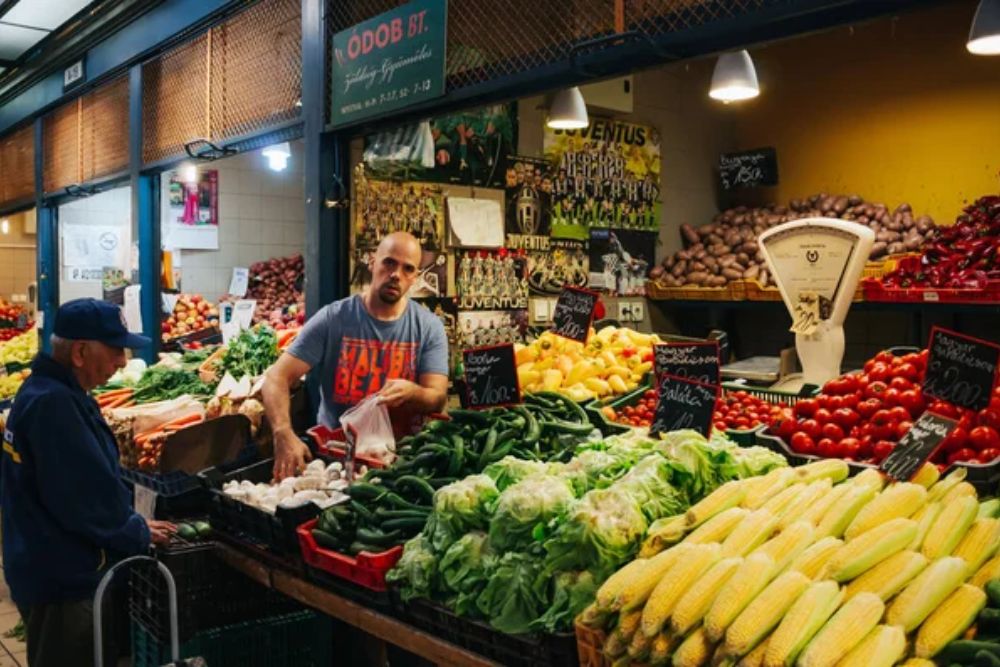
These markets represent a broader trend where authentic food destinations have been transformed into expensive tourist attractions that prioritize profits over community value. What once served as affordable gathering places for locals have become overpriced experiences designed primarily for visitors with disposable income.
The real tragedy isn’t just the inflated prices, but the loss of genuine food culture that made these places special in the first place. Smart food lovers now seek out neighborhood markets, ethnic groceries, and local farms where quality and value still matter more than Instagram potential.
More from Travel Pug

- 20 Best Beach Towns in the Carolinas
- 13 Destinations Where Tourists Regularly Regret Their Trip
- 20 Things You Actually Get in First Class
- 20 Small Airports With Aviation Museums
- 20 Places in the U.S. That Are Perfect for a Reset Trip
Like Travel Pug’s content? Follow us on MSN.
